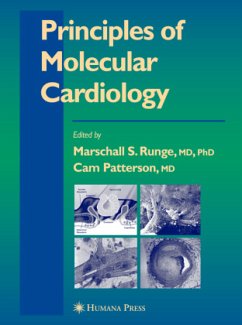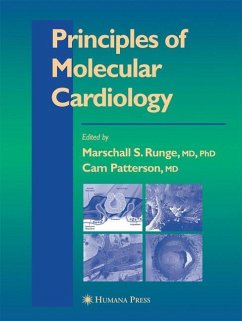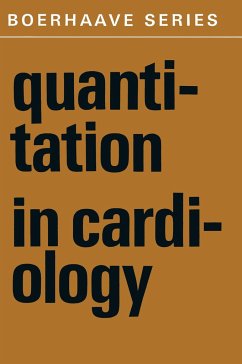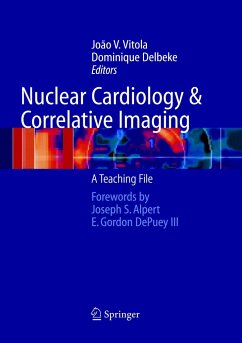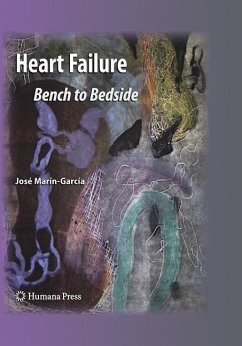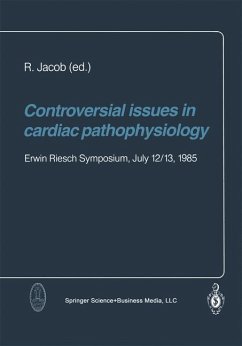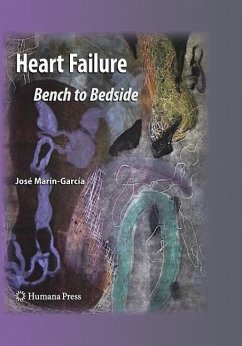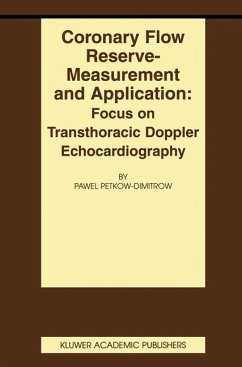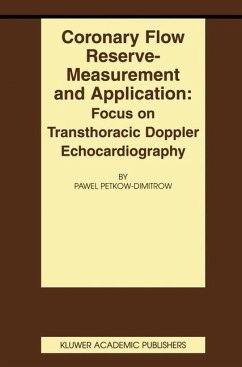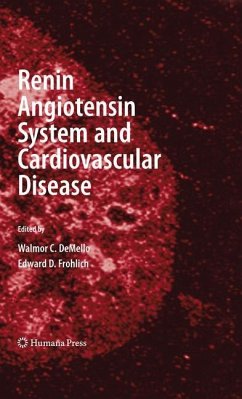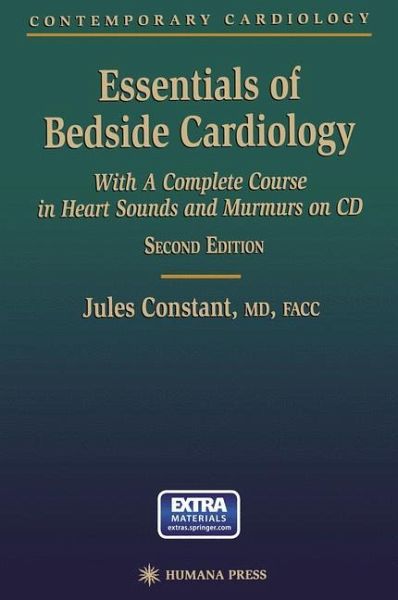
Essentials of Bedside Cardiology
A complete Course in Heart Sounds and Murmurs on CD

PAYBACK Punkte
46 °P sammeln!
Essentials of Bedside Cardiology, Second Edition, like the first edition, is designed for those who wish to balance technological advances with increased personal skill in history taking and physical examination. It is important to teach physicians that all technologies now in use for diagnosing cardiovascular disorders, such as echocardiography, can have false positive and false negative results. It is not always wise to rely on these technologies alone; indeed, they may not even be available in some settings. Even when the full panoply of up-to-date techniques is at the physician's disposal,...
Essentials of Bedside Cardiology, Second Edition, like the first edition, is designed for those who wish to balance technological advances with increased personal skill in history taking and physical examination. It is important to teach physicians that all technologies now in use for diagnosing cardiovascular disorders, such as echocardiography, can have false positive and false negative results. It is not always wise to rely on these technologies alone; indeed, they may not even be available in some settings. Even when the full panoply of up-to-date techniques is at the physician's disposal, the patient may not be a good candidate for an echocardiogram, or the technician or reader may not be well qualified, or the equipment itself may be substandard. Technology must be combined with physical examination to decide what is true and what is false. The practice of expert history taking and physical examination returns the physician to the actual patient, where the physician can feel likea "real doctor" rather than a mere interpreter of laboratory data. Essentials of Bedside Cardiology, Second Edition, strives to teach and not simply to tell the facts, relying on three basic methods derived from the psychology of teaching and learning: 1. Explain the facts. 2. Use a question and answer format-the Socratic method. 3. Provide tricks or mnemonics to help the reader remember the facts.



